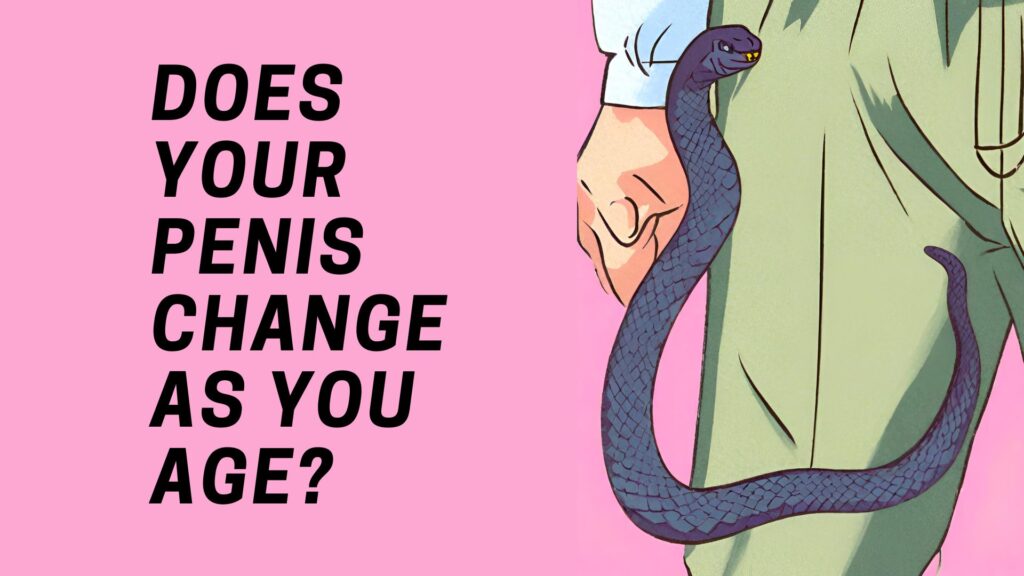What is Tennis Elbow?
Introduction
Tennis elbow or lateral epicondylitis is a relatively common problem. Studies show that it affects about 1-3% of the population globally, which is significant. Moreover, it tends to be a chronic condition lasting for several months and even more than a year.
It is a condition caused by frequent use and overloading of the elbow tendon due to various activities. People who do tasks with repetitive motion engaging the elbow are at a greater risk. However, one should not misinterpret the condition due to its name, as it does not essentially occur due to playing tennis and may occur in plumbers, painters, carpenters, and so on.
In the condition, pain mainly occurs in the elbow, but not only. It may often spread to the forearm, affecting muscles and even the wrist in some cases.
Here it is essential to understand that the condition is both inflammatory and degenerative. After all, it does not occur in all those doing repetitive tasks engaging elbow. Thus, there is tendinitis but also tendinosis.
In fact, tendinosis, or degenerative processes due to repetitive motion, is the condition’s prime cause. Unfortunately, though, many may also display local inflammation or tendinitis signs. Thus, rest, nutrition therapy, and other treatments to boost local regenerative processes like extracorporeal shock wave therapy may help.
Signs and symptoms of tennis elbow
It is a condition that is pretty simple to identify due to a typical location of pain and inflammation. Moreover, a person may not feel much pain when resting. Generally, pain occurs and is made worse by doing certain activities engaging the elbow.
It is also vital to understand that the condition may remain undiagnosed in many cases. It causes severe radiating pain only in some cases. It means some mild to moderate discomfort when moving the elbow for most.
However, pain in the condition becomes worst when making certain twisting motions. It may keep getting worse in making repetitive motions. This kind of pain may also weaken the grip.
The location of the pain is generally slightly outside the elbow, and it travels down to the forearm. In many, this pain is exacerbated when gripping small objects like a pen. However, it would cause more severe pain in twisting motions like opening a jar or door handle.
The pain and stiffness are felt even when extending the arm fully.
Causes of tennis elbow
Tennis elbow may occur due to many reasons. In some, it occurs due to acute injuries like banging the elbow on the wall or some other hard surface. If it is caused due to acute injury, prognoses are also generally good. In such cases, pain may last for a few weeks and gradually decrease.
However, in most people, it is a result of repetitive motion causing strain and micro-tears in the ligament. This causes local inflammation.
It often affects people of specific professions like tennis or badminton players, carpenters, butchers, gardeners, carpenters, bricklayers, musicians, and so on. As one can see that since the pain is so frequently associated with the profession, it is slow to heal.
Resting helps, but giving up a profession is not an option in most cases. Moreover, it means that even if the pain gets better, it is again made worse by repeating similar motions.
Finally, it is essential to understand that the term tendon inflammation (tendinitis, epicondylitis) often used to describe the condition is misleading a bit. In recent years, understanding of the condition has improved a lot. So now, researchers classify it as tendinosis.
It is regretful that even many physicians do not understand that it is not as much tendinitis as tendinosis. It means that the greater cause of the condition is the failure of regenerative processes in the tendon due to repeated use. This weakens the tendon over time and reduces its stress tolerance ability. Further, tears in the tendon cause local inflammation or signs of tendinitis. But tendinitis is secondary to tendinosis.
It is worth understanding that the tennis elbow would heal with adequate rest, physiotherapy, and the use of medications in most people. However, some require even surgical treatment for the condition. These might be a small number of people, but still considerable. Such individuals may also benefit from other non-invasive treatments like Extracorporeal Shock Wave Therapy (ESWT).











